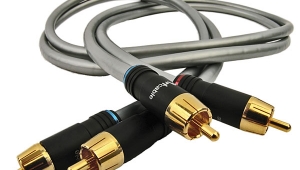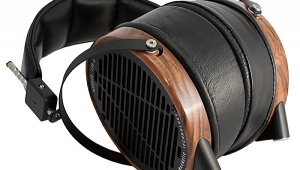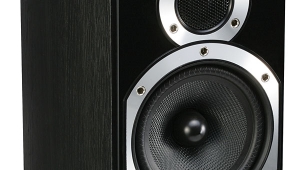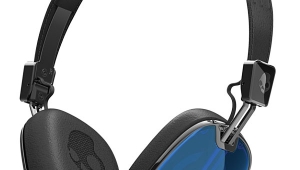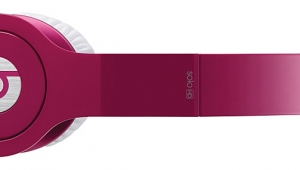| Columns Retired Columns & Blogs |
"Sense" is a generalized, non-countable term. So it should be used in the singular even when referring to plural items: "That sense of pace and rhythm" (not "those senses of pace and rhythm"), or "that sense of movement." I've never seen it used any other way, except here. Cheers










